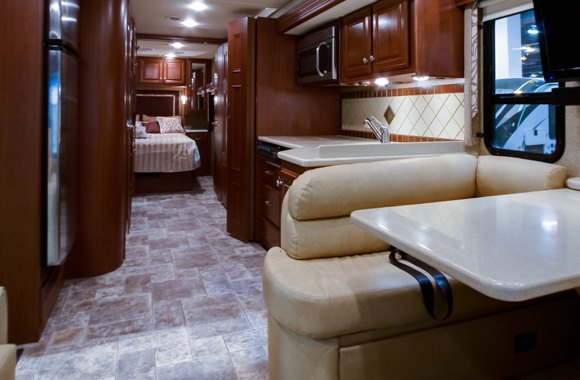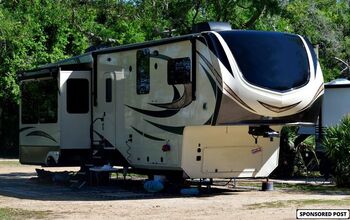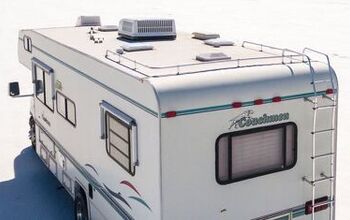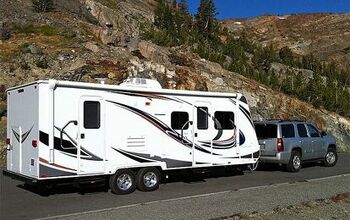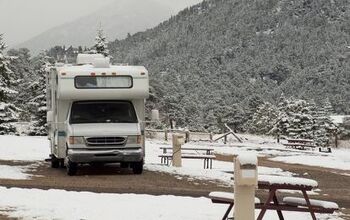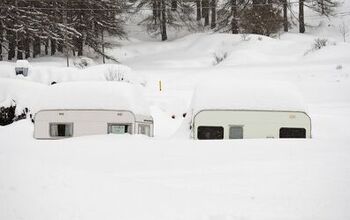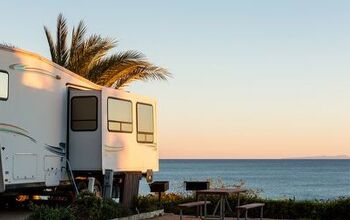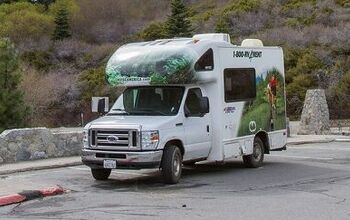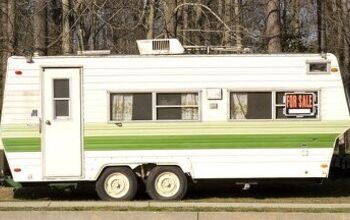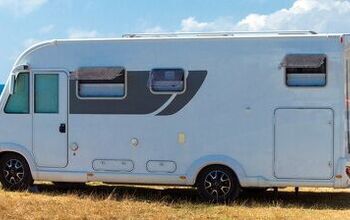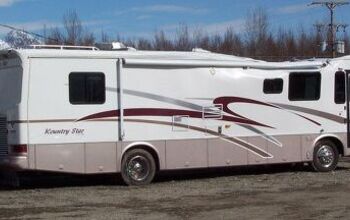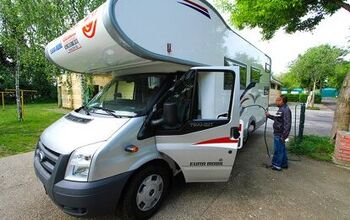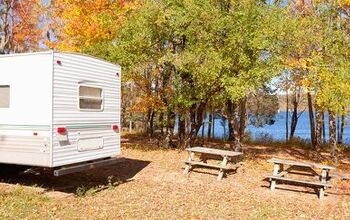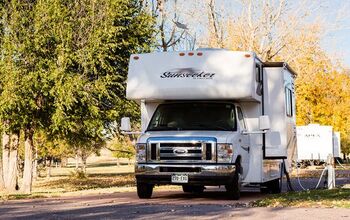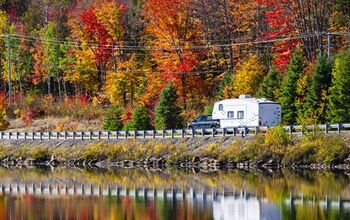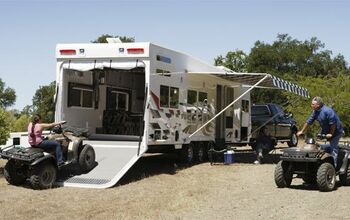RV Flooring Buyer’s Guide
Just like in your house, your flooring in your RV wears and after time it will need to be replaced. It is understandable, too. When you’re camping, the flooring in your RV has to deal with a lot of dirt and moisture changes, even more so than your home flooring would. You have plenty of options for replacing it and most of the options you have are projects that you can tackle yourself, too. For the do-it-yourselfer, changing your RV flooring is a fun job and something you can do to not only improve your RV, but give it a personal touch as well. When it comes time to replace your RV flooring, here’s what you need to know to get started.
Depending on what type of RV you have and the age, chances are good that you have some kind of vinyl flooring in place. The first step in replacing it will be to take careful measurements so you know roughly how much new flooring to buy. When you replace flooring in your home, you would start out looking at the square footage of each room you are doing, and it is similar when working on your RV. However, there are some differences. For one, you’re not looking at it from a single-room perspective. One flooring expert told me that when it comes to replacing the flooring in an RV, he suggests drawing a complete floorplan for the RV out and marking the measurements on that plan. To get the best accuracy from your measurements, he also suggests a laser tape measure. It helps cut down on errors and allows you to measure spots that might be harder to reach, like under tables, etc.
Once you know how much flooring you need, it’s time to get serious about deciding what type of flooring you want. Just like in your home, you have options.
RecPro Trailer Coin Flooring
Just like the name implies, this heavy-duty rubber flooring has what looks like coins lying flat against the floor. The “coins” are actually raised non-slip rubber dots that give you traction. Being rubber, this flooring is a barrier against moisture and is very durable. Many RVs come with this kind of flooring and using it as replacement flooring is economical and easy to do. You can find several color options, so matching your existing flooring is easy, or you can switch it up for a different look.
Diamond-Plate Pattern Flooring
Another similar option is a rubber diamond-plate pattern flooring. This is a popular flooring choice with enclosed cargo trailers, but it works very well with RVs, too. The rubberized floors are a great choice for RV owners who are very active with adventure sports, power sports or hunting – basically any activity where you would often come into your RV with wet, muddy shoes. Another bonus to a rubber floor is that is dampens sound.
Indoor/Outdoor Carpet with Rubber Marine Backing
Unlike the carpeting you might have in your home, you should look at carpeting for your RV that is rated as an indoor/outdoor carpet. This is a carpet that resists holding moisture and is rubber-backed to add a barrier against moisture. The RV flooring expert we spoke with said that he even recommends that people who want to carpet their RV do so with rubber backed carpet and not fasten it in place. Instead, he suggests leaving it free-floating so it can easily be removed for cleaning. Sound advice.
Vinyl Plank Flooring
If you’ve seen some of the newer RVs, they have what looks like hardwood flooring. You may be tempted to replace your flooring with, but you need to do it the right way. Laminate flooring can warp, especially with RV use. Adhesive vinyl tiles are easy to use, but can also warp and leave gaps that are impossible to clean. The easiest way to get a durable, and great looking floor is with vinyl planks. They act just like wood and actually snap together, making a seal that water and dirt cannot penetrate. This creates an extremely durable floor covering that looks amazing and will give your RV a very custom appearance.
Can I use regular linoleum for my RV flooring?
Yes, using linoleum vinyl flooring, like you would buy for your house will work in your RV, as long as it’s done right. Use a thicker, higher-grade linoleum to increase the durability of the flooring, as it will see a little added wear. Avoid using the stick-on tiles as they will not hold up to the wear of an RV, and they are very messy to remove.
Do I need to know anything else when considering RV flooring?
Keep in mind that your RV moves as it goes down the road between campsites. This means your flooring will have to be adaptive to flexing and such as you travel. Most vinyl plank flooring is designed to free float, so it can adapt to the movements, but other types of hard, statically mounted flooring may not. Also keep in mind that moisture is common in RVs, as there is open air underneath, so make that another part of your consideration.
One other tip is to take your old flooring out carefully and using it as a guide to cutting and fitting your new flooring. When we replaced the rubber flooring in our expandable camper, we simply removed all of the old flooring and laid it over top of the new flooring, using it as a guide to make our cuts. With it as a guide and having our measurements done carefully, it cut down the replacement time by well over 50%.
We are committed to finding, researching, and recommending the best products. We earn commissions from purchases you make using the retail links in our product reviews. Learn more about how this works.
